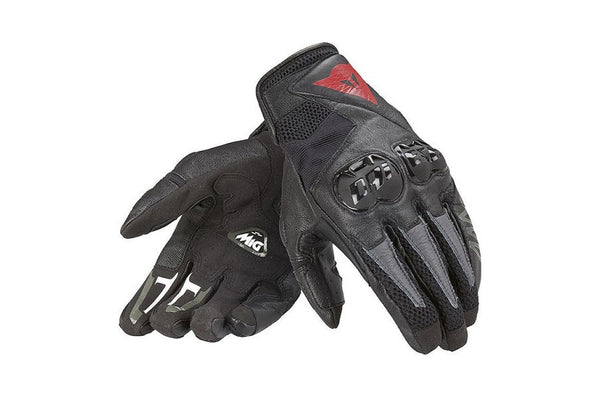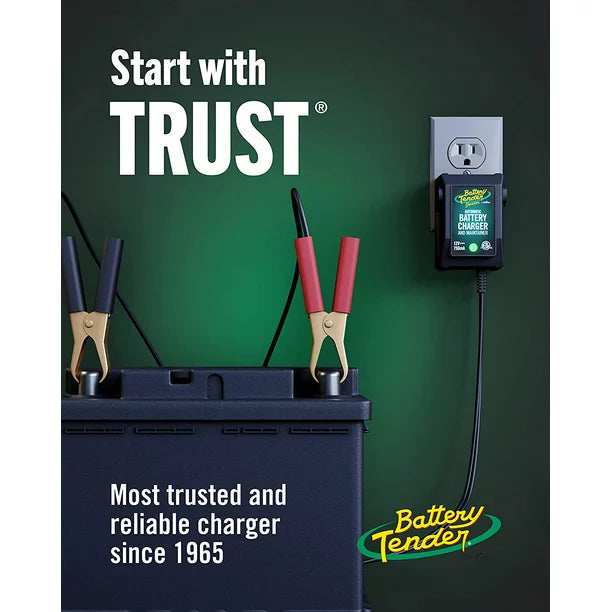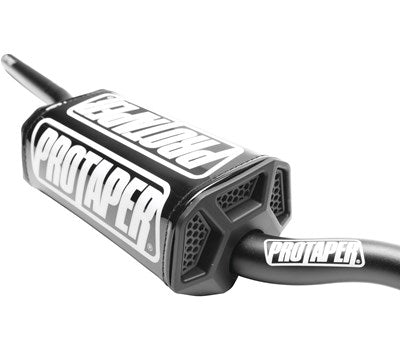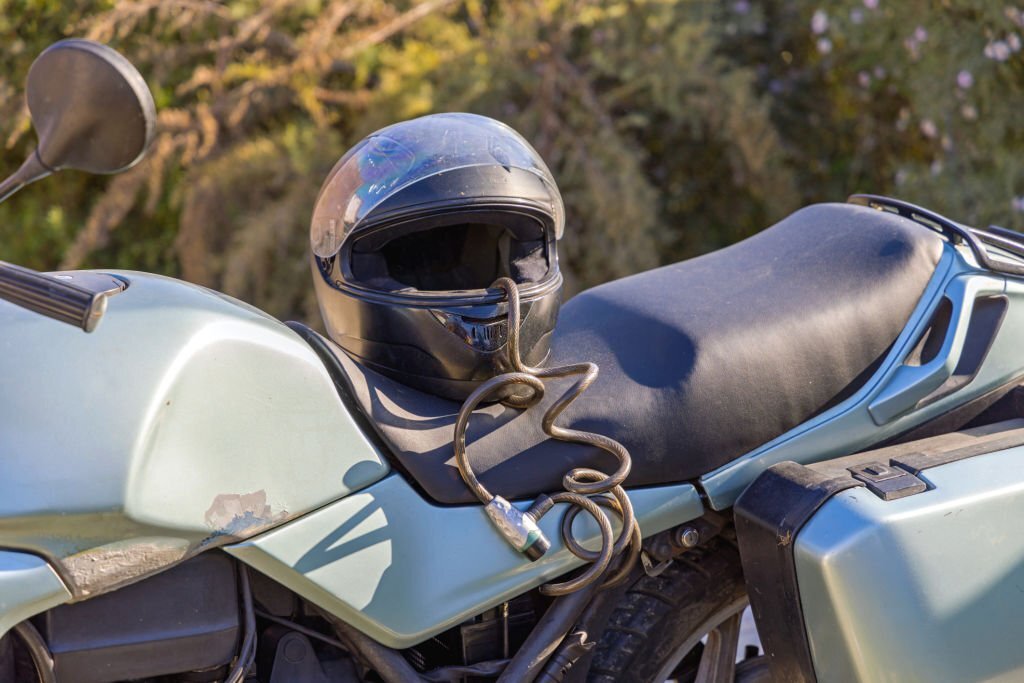All seasoned riders understand the importance of a well-fitting helmet. If you’re new to motorcycles though, you can easily become confused by all the jargon and the hype around different brands. You’d be forgiven for thinking that as long as you’ve taken your measurements correctly, you’re good to go.
There’s one important caveat, though: head shape. Not only does the size of your head differ from your friends, but so does the shape. Two riders with the same basic measurements may have entirely different head shapes.
To help you choose the best helmet for you, we compiled this guide on how to determine the head shape for motorcycle helmets. So read on for the facts on head shape and helmet fit.
What this article covers:
- How to Determine Your Head Shape for a Motorcycle Helmet
- How Should Your New Motorcycle Helmet Fit?
- How to Properly Put on and Remove Your Motorcycle Helmet
- Should You Buy a Used Helmet or Borrow a Friend’s?
How to Determine Your Head Shape for a Motorcycle Helmet
When you’re looking for riding gear like the best winter motorcycle gloves in NZ, it’s simple enough. Find your size and buy the style you like. However, when it comes to helmets, it’s not quite that simple.
So, what’s the difference? Are all motorcycle helmets the same size? No, they come in sizes, but the sizes available depend on the brand. Also, the same size may differ slightly from brand to brand.
It's always best to try on a few helmets to find what works for you. However, most reputable brands give sizing information on their products. Certain styles are more suitable for particular head shapes. That’s why you must know how to determine your head shape, to get the best fit possible.
How Do You Determine Your Head Shape?
It’s fairly simple to determine your head shape on your own, or you can ask a friend to help.
To determine your basic head shape, take a look in the mirror and turn your head from side to side. Look at your reflection from all angles and, if necessary, take a selfie with your phone camera from above.
All heads are oval and are longer than they are wide. When they differ from the norm, even slightly, in length and width, it makes a big difference to the fit of a helmet. This is why most motorcycle manufacturers offer a variety of shell shapes.
What Are the Different Helmet Shell Shapes?

Helmet shapes generally fall into the following 3 categories: oval, round, or intermediate. If your head shape is more of a long oval, you’ll probably need a helmet with an oval shell. If your head shape is more of a rounded oval, you need a round helmet shell.
An intermediate shell shape is suitable for the average rider, as most head shapes fall into this category. However, if your head is noticeably longer than it is wide, or noticeably wider than the norm, you should opt for oval or round shapes respectively.
How Should Your New Motorcycle Helmet Fit?
If you’re new to the world of motorcycles you may be unaware of how a motorcycle helmet should fit. It is always advisable to try on a helmet before buying unless you are already familiar with that brand's sizing and fit.
The rule for how tight a motorcycle helmet should be is snug enough to offer protection and support, but not uncomfortable. A new helmet feels quite tight at first, but after a few rides, it becomes snug and comfortable.
Testing If a Helmet Is too Loose or Tight
If a helmet feels too loose when you put it on or can rotate on your head, it’s too big. It should’t be able to rotate or move around when you shake your head. A new helmet feels just slightly too tight when new. However, if your face has red marks on it after wearing it for a few minutes, it’s too tight.
Different helmet styles also feel different against the head, and you may prefer one over the other. A full-face helmet will cover your entire head and chin, with a visor over your face. An open-face helmet, on the other hand, leaves your face and chin uncovered.
How to Properly Put on and Remove Your Motorcycle Helmet

To get the most out of your helmet you must learn how to fasten a motorcycle helmet. No helmet will offer the maximum protection it is designed for if it isn’t properly fastened and used.
Place your helmet over your head, using two hands, one on either side. Lower it down and ensure it’s sitting evenly, resting just above your eyebrows. In this way, your eyes are free and unobscure for visibility while riding, but your head is completely protected.
Test Helmet for Movement When Strapped In
If your helmet has chin straps, fasten these so that the strap sits snugly against the underneath of your chin. Gently try to move your helmet back and forth, or from side to side. If it moves, your helmet is not fitting properly.
Adjust your chin straps if necessary, and try again until there is no movement. Remember, if you can remove your helmet even with the straps fastened, it is not the right fit. This means that in an accident, the helmet will just fly off. That is not going to help in the case of an impact on the head.
Pay Attention to the Fit of Interior Lining
Ever wondered why motorcycle helmets are so big? The outer shell isn’t always that thick, but it contains numerous layers of shell material, plus a thick polystyrene (EPS) liner, and comfort padding. Some styles have the option of removable liners, great for cleaning and maintaining a helmet.
The interior padding is there to cradle your head and further protect it in an accident. There shouldn’t be a perceptible gap between the inner liner and your head. If there is, you don’t have the right size or shape helmet.
Should You Buy a Used Helmet or Borrow a Friend’s?
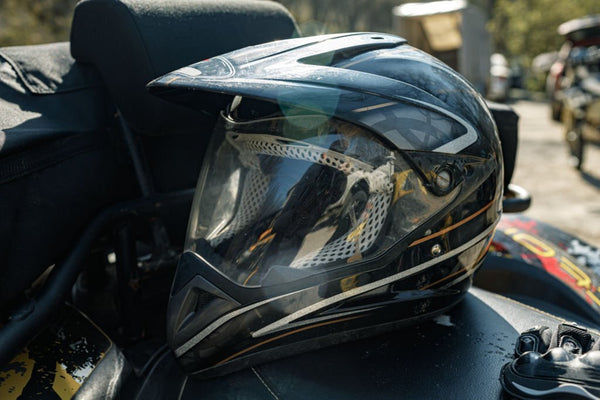
This is generally a bad idea. While borrowing a helmet to use if you don’t have one of your own is better than riding without one, it might not offer the protection you need.
Firstly, it could be the wrong size and shape for you. Even if you and your mate have the same basic head measurements, your head shapes may differ. That means it won’t fit you comfortably, and may even be unsafe in the event of an impact.
Secondly, it might be past its shelf life. And this is what makes buying second-hand helmets a particularly bad idea. While the helmet itself may not have been in an impact and is the right size for you, the lining could be degrading.
Daily use, seating while out on a ride, and just the passing of time all contribute to the decay of the inner expanded foam layer. This is why it is advised that you replace your helmet every 5 years, and in some cases even sooner.
Replace a Helmet Sooner If It Suffered an Impact
The 5 years rule is a general rule and does not apply to helmets that have been involved in accidents and falls. If your helmet has been in an impact, even though it looks undamaged from the outside, it’s no longer able to offer the same level of protection as when new.
It doesn’t stop working entirely, but offers less protection in the event of another accident. The resistance of the foam during an impact will become lower as the liner degrades. Also, the thinning inner liner affects the fit and comfort, too.
Don’t ever take risks with your safety. Buy the best helmet you can afford, in the right size and shape for you. Insist on ECE or DOT-certified helmets from reputable dealers only. Check the inner label of a helmet for the date of manufacture. And replace a helmet if it has been in an accident or impact.

Final Thoughts
To be as safe as possible on your ride, you need a helmet that fits well and is also comfortable. Helmet manufacturers cater to the different needs of riders by offering a variety of styles and comfort as well as safety features.
Now that you know the importance of a good fit for your head shape, you’re ready to select the best helmet. And whatever you need for your ride, we’ve got you covered.
If you enjoyed this piece, consider checking out other blogs:
- How to Tell If Motorcycle Helmet Is Too Small
- How to Put on a Motorcycle Helmet
- How to Carry Motorcycle Helmet
- What Is the Best Dirt Bike Helmet
- Can You Use a Dirt Bike Helmet for Snowmobiling
- Best Motorcycle Helmets for Glasses
- Can You Wear Glasses Under a Motorcycle Helmet
- Best Budget Full Face Motorcycle Helmet
- Best Open Face Motorcycle Helmets
- Best Motorcycle Helmet with Bluetooth
- Are Bluetooth Motorcycle Helmets Safe
- How to Choose a Motorcycle Helmet?
- How Long Do Motorcycle Helmets Last
- Best Motorcycle Helmet
- Most Advanced Motorcycle Helmets



